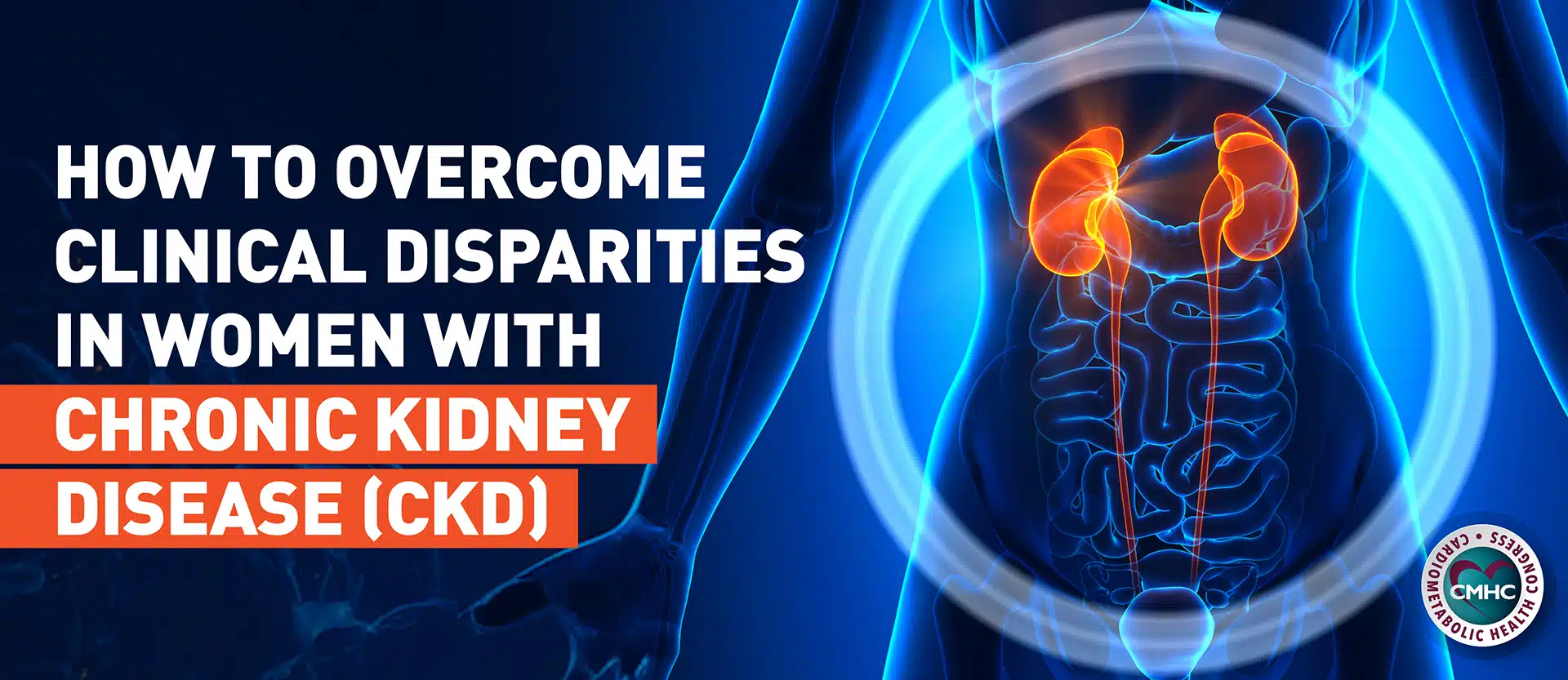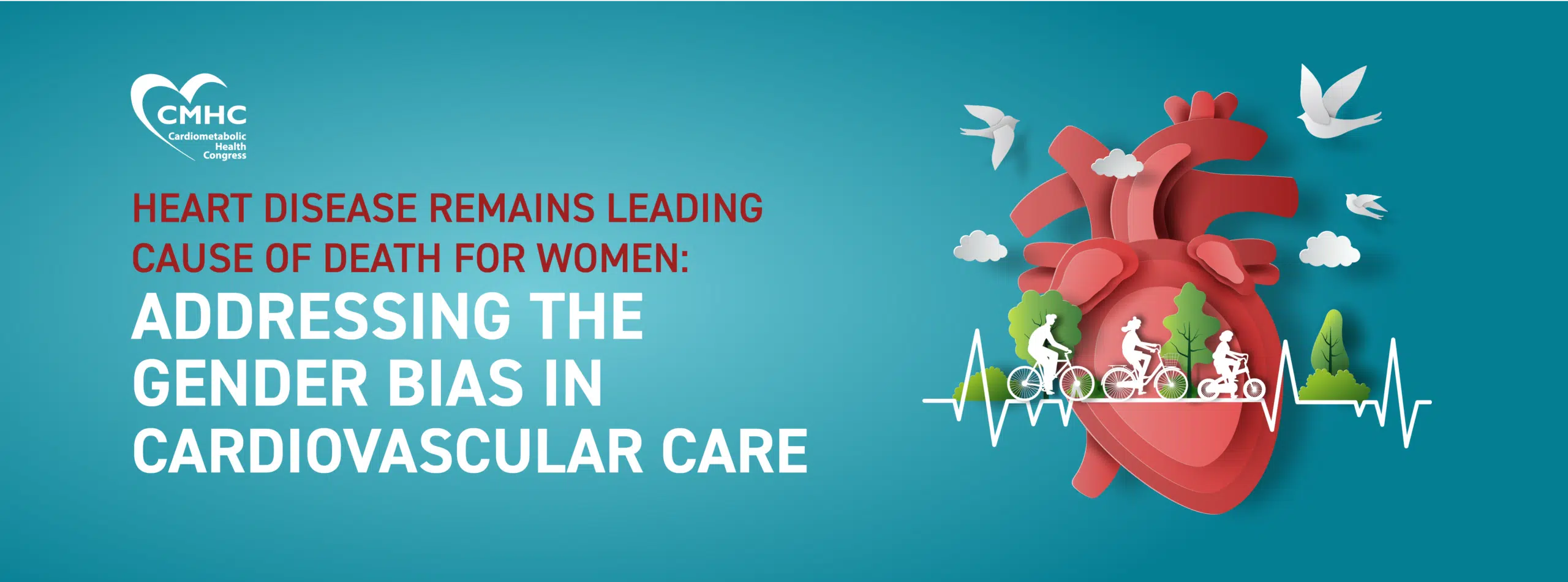Cardiovascular Mortality Risk Triples in T2D Patients with CKD
Patients with type 2 diabetes (T2D) and chronic kidney disease (CKD) face heightened risks of cardiovascular and renal morbidity and mortality. Diabetic kidney disease (DKD) is the leading cause of dialysis-dependent chronic kidney disease and end-stage renal disease (ESRD) in the US and most countries.
According to the Centers for Disease Control and Prevention, approximately 1 in 3 adults with type 2 diabetes may have CKD, and around 170 people with diabetes begin treatment for kidney failure every 24 hours. The coexistence of diabetes and kidney disease increases the risk of premature mortality and CVD. Studies have found that compared with type 2 diabetes alone, CKD in patients with diabetes increases the risk of cardiovascular-associated mortality risk by approximately three times more.
Despite advancements, challenges persist in managing CKD in T2D, particularly in women. Disparities in CKD prevalence and clinical management highlight the need for targeted interventions.
Understanding the Challenges in the Management of CDK in Those with T2D
Screening and Diagnosis Gaps: Insufficient albuminuria screening hinders early CKD detection in T2D patients. To identify CKD early in T2D and to appropriately identify the risk of CKD progression and CVD risk, albuminuria screening in tandem with eGFR is of paramount importance. However, studies have shown that while eGFR testing rates are uniformly high in patients with T2D, testing rates for albuminuria (measured by UACR – urine albumin-to-creatinine ratio) are suboptimal and highly variable, particularly in the primary care setting.
This is because it was widely believed that UACR testing was not necessary or was primarily done in the academic setting; however, studies have shown that UACR is absolutely necessary to quantify the risk of CKD progression and CVD risk in T2D patients, as well as included in recent guidelines.
Prevalence in Women: Women with T2D experience greater DKD burden and disparities in clinical trial representation, impacting treatment outcomes. Women with diabetes experience a disproportionally greater burden of DKD risk factors compared to men, as well as an increased prevalence of advanced DKD, with these disparities being more prominent among older women and women from certain racial and ethnic minorities. Some studies have postulated that the risk of CKD progression appears to be lower in women compared to men; however, age and post-menopausal status appear to modify this association, with women having a greater risk of CKD progression post-menopause compared to age-matched men.
Several advances and important clinical trial results have been published in the last few years, which have changed the practice and can improve cardiovascular and kidney disease outcomes, including the advent of sodium-glucose cotransporter-2 (SGLT-2) inhibitors, glucagon-like peptide-1 receptor agonists (GLP1-RA), and nonsteroidal mineralocorticoid receptor antagonists (MRA). However, women were significantly underrepresented in most of these trials, including in DKD trials, and in general, they experienced more adverse events.
As such, there could also be disparities in the application of commonly used therapies for women with DKD, as well as additional residual risk, despite the advent of these newer treatment options.
Addressing Practice Gaps in Management of CDK in Those with T2D
Enhanced Screening Protocols:
Utilize both UACR and eGFR to diagnose and risk-stratify CKD in T2D women. The clinical diagnosis of CKD in patients with T2D is based on both the presence of albuminuria (UACR ≥30 mg/g, or ≥3 mg/mmol) and/or reduced kidney function (as measured by an eGFR <60 ml/min/1.73m2) per the current ADA guidelines. It is important to stress that some people with T2D may have a normal eGFR level with elevated albuminuria or a decreased eGFR level without elevated albuminuria, and assessment of either UACR or eGFR alone may not optimally identify people with CKD and T2D.
Implement annual UACR and eGFR testing, increasing frequency for higher-risk patients. Albuminuria and eGFR both provide a bivariate assessment of risk in CKD, as shown by current guidelines, which recommend that both UACR and eGFR should be monitored 1-4 times per year in patients with T2D depending on the stage of CKD per current ADA guidelines.
Knowledge Empowerment:
Educate clinicians on risk assessment, screening, and diagnosis of CKD in patients with T2D. Albuminuria is not only a marker of kidney dysfunction and a risk factor for CKD progression but also an independent predictor of cardiovascular and all-cause mortality.
Educate clinicians on how to properly assess and quantify the risk of CKD progression in women with type 2 diabetes. Conventional CKD progression risk factors, such as hypertension, dyslipidemia, and obesity, have a higher prevalence in women, and especially in women with type 2 diabetes, they have been shown to be associated with a greater risk of CKD progression. Additionally, the presence of sex-specific factors, such as sex hormones, history of adverse pregnancy outcomes, and more, can increase the risk of CKD progression in women.
The Takeaway
Effective strategies to overcome clinical disparities in CKD in women necessitate enhanced screening protocols, knowledge empowerment among clinicians, and comprehensive treatment approaches addressing sex-specific factors. Bridging these gaps is imperative to provide optimal care to female patients with T2D and CKD.
Get the latest research and practical clinical strategies at the CMHC Women’s Cardiometabolic Health and Wellness Masterclass on April 18-20 in Dana Point, CA. Over three transformative days, clinicians will deep dive into:
Comprehensive Management Approach:
Control conventional CKD risk factors (hypertension, dyslipidemia, and obesity) crucial in women with T2D.
Utilize new and emerging therapeutic strategies for the treatment of DKD in women.
Optimize glycemic and blood pressure control and prioritize medications that have cardiorenal protective effect.
Consideration of Sex-Specific Factors:
Recognize potential factors leading to sexual dimorphism in DKD and tailor therapies accordingly.
Stay updated on current guidelines for managing CKD in women, emphasizing multidisciplinary treatment strategies.
Join us for the CMHC Women’s Masterclass from April 18-20 at the Laguna Cliffs Resort and Spa, CA, to revolutionize women’s cardio-renal-metabolic care and gain the tools to bridge clinical gaps.


















